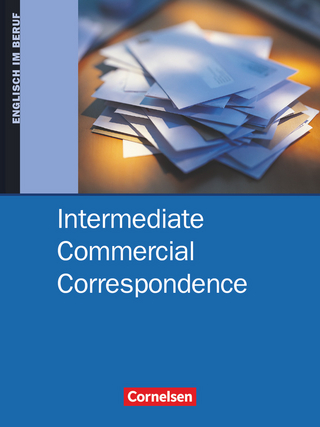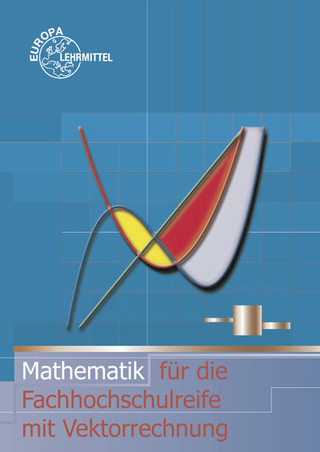
Semantics in Acquisition
Springer-Verlag New York Inc.
978-1-4020-4484-7 (ISBN)
Veerle Van Geenhoven is a formal semanticist with a primary interest in crosslinguistic research. She received a 'Dr.phil.' degree in linguistics from the Eberhard-Karls-Universität Tübingen, Germany, in 1996, and a university lecturing qualification (Habilitation) from the Johann-Wolfgang-Goethe-Universität Frankfurt, Germany, in 2005. She held positions at the University of Stuttgart, the Max Planck Institute for Psycholinguistics in Nijmegen, the University of Bielefeld, UC Santa Cruz, and the Radboud University in Nijjmegen. In the last years, her research has been made possible by a fellowship of the Royal Netherlands Academy of Arts and Sciences.
The development of the syntax-semantics interface.- ‘Mismatches’ of Form and Interpretation.- Watching Noun Phrases Emerge: Seeking Compositionality.- Cross-Linguistic Acquisition of Complement Tense.- Acquiring Universal Quantification.- Everybody Knows.- The Effect of Context on Children'S Interpretations of Universally Quantified Sentences.- Structure and Meaning in the Acquisition of Scope.- Time in the language of a learner.- Time for Children: An Integrated Stage Model of Aspect and Tense.- State Change and Temporal Reference in Inuktitut Child Language.- Temporal Adverbials and Early Tense and Aspect Markers in the Acquisition of Dutch.- Finiteness and its development.- On Finiteness.- Functions of Finiteness in Child Language.- Focus particles in child language.- Additive Particles and Scope Marking in Child German.- (Un)Stressed ook in Child Dutch.
| Reihe/Serie | Studies in Theoretical Psycholinguistics ; 35 |
|---|---|
| Zusatzinfo | VIII, 355 p. |
| Verlagsort | New York, NY |
| Sprache | englisch |
| Maße | 210 x 297 mm |
| Themenwelt | Geisteswissenschaften ► Sprach- / Literaturwissenschaft ► Sprachwissenschaft |
| Sozialwissenschaften | |
| ISBN-10 | 1-4020-4484-4 / 1402044844 |
| ISBN-13 | 978-1-4020-4484-7 / 9781402044847 |
| Zustand | Neuware |
| Informationen gemäß Produktsicherheitsverordnung (GPSR) | |
| Haben Sie eine Frage zum Produkt? |
aus dem Bereich



